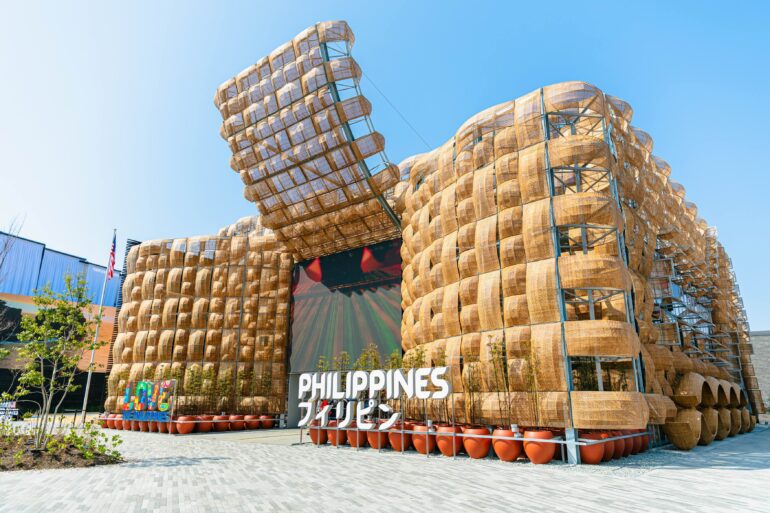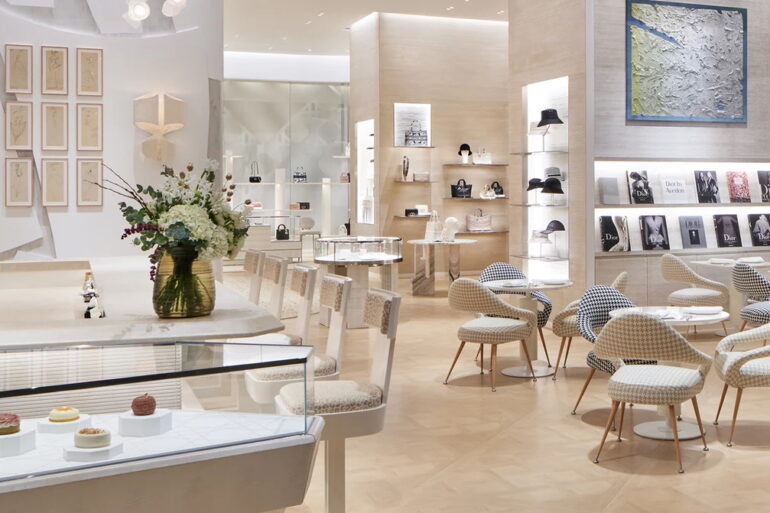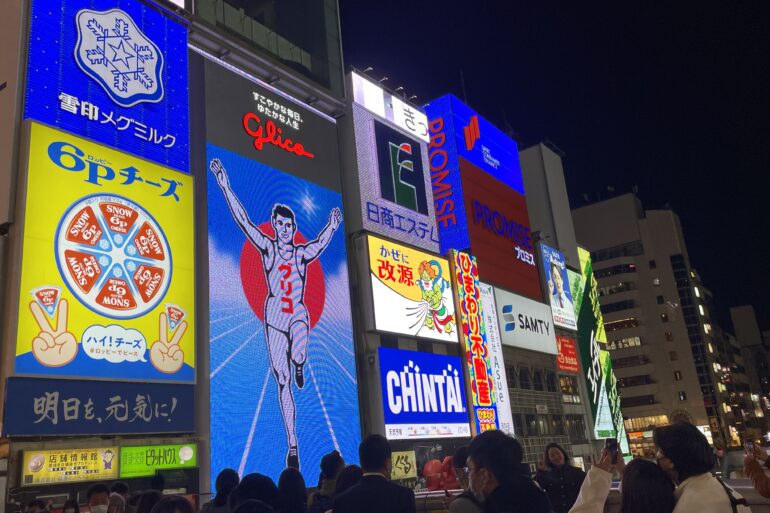In Tokyo, foliage peak for red leaves is on Dec. 1, Osaka on the 4th, and Kyoto on the 12th. Meanwhile, peak viewing days for yellow autumn leaves is on Nov. 24th for Osaka, 26th for Tokyo, and 28th for Kyoto.
Autumn has descended upon Japan. The past few weeks have seen temperatures dipping as trees shed their leaves and winter draws near.
Autumn is that one season where at the peak of its beauty, every leaf becomes a flower, borrowing the words of the French philosopher Albert Camus. No other season inspires nostalgia, longing, or contemplation with as much intensity as autumn does. Maybe because it feels like a farewell, much like how sunsets usher in endings. Bittersweet yet beautiful.
Related story: 7 activities to make the most of Japan’s winter season
Related story: 7 must-read contemporary female Japanese authors
But autumn also reminds one of impermanence, of the evanescence of all that there is; that with every death, decay, and destruction, on the horizon there beckons rebirth and rejuvenation. The scattering of fallen leaves reminds us while there is death, the time shall come when nature will breathe life into the earth once again.

Japan is one of those places that become even more beautiful when draped in the smoldering hues of fall. Vivid fall colors—orange, red, yellow, even gold-—set hearts ablaze as much as they do places. This season’s assault on the senses is intoxicating: the faint rustling of fallen leaves, the feel of the crisp autumn breeze, the sight of people holding hands or huddling close to keep themselves warm.
In Japan, there are two “waves” of foliage: the blinding yellow leaves of gingko trees in late October, followed by the fiery red leaves of the Japanese maple in early November. Peak colors vary by region, influenced by elevation and weather, at times extending to late November or early December.
The maple tree is considered by many as the queen of autumn, rightly so as its fierce red could inspire a stream of haiku. It is, however, the resplendent gold of the gingko tree that gets my nod as autumn’s most beautiful.
No other season inspires nostalgia, longing, or contemplation with as much intensity as autumn does.
And with the weather cool and comfy, still without the biting edge of winter, basking in the majestic nature of Japan is always a great idea during the fall season.
With this, here’s our handy guide to Japan’s autumn foliage season or koyo this year, including the forecasted dates of peak foliage, as well as some recommendations as to where best to enjoy the season’s vibrant colors in the country’s major cities of Tokyo, Kyoto, and Osaka.
Related story: Four magical places to visit for a snowy getaway in Japan
2024 forecast

According to the forecast released by the Japan Meteorological Agency last October 1, higher than average temperatures are expected across Japan this autumn season. Higher temperatures mean two possibilities: a normal or postponed peak.
If you love the golden yellow of gingko leaves or ichō as much as I do (I always pocket a handful to bring home every time I visit in autumn!), autumnal transformations will first be evident in Japan’s northernmost prefecture of Hokkaido. Its capital Sapporo will see its gingko trees sparkle with the brightest yellow hues on November 4.
Tokyo’s gingko trees, meanwhile, which are expected to be the most vibrant around November 26. Osaka will see its gingko shimmer the brightest around November 24, while Kyoto’s leaves will peak on November 28.
With regard to the Japanese maple or momoji, Sapporo’s updated forecast predicts its maple leaves to be at its prettiest around November 7, a week earlier than in 2023. while Tokyo is projected to experience the peak of momoji around December 1, same as last year. Osaka should expect their momiji fired up in red hues around December 4 and Kyoto will have its turn on December 12.
Here are places to enjoy koyo in some of Japan’s most popular destinations.
Related story: SERIES: Japan by train
Related story: Japan by train series: Tokyo on a shoestring via JR Yamanote Line
Tokyo

There are many excellent spots for koyo (autumn foliage season) viewing in Tokyo. One of my favorites is at Rikugien Garden in Bunkyo-ku, a few minutes away on foot from JR Komagome Station. It is often considered Tokyo’s most beautiful Japanese landscape garden which dates to the Edo Period. For a few days at the peak of autumn, Rikugien becomes even more breathtaking with its annual evening illumination.
A stroll down Meiji Jingu Gaien will reward you with the breathtaking yellow leaves of its perfectly shaped gingko trees, Tokyo’s official tree, that hem in a 300m-long boulevard, making the stretch one of the country’s most iconic autumn backdrops. The best time to visit is between November 26 and December 4 when the leaves have turned completely yellow, and the trees lit up in the evening.
Tokyo’s first Western-style park, Hibiya Park, is one of the best spots in the city to admire koyo. Blazing red maple trees and sunset-yellow gingko leaves can be found around the Kumogata-ike pond, which has a lovely fountain inspired by the crane.
Related story: Millennials and Gen Zs have a new love language—and they’re willing to spend for it

Shinjuku Gyoen, right at the heart of frenetic Shinjuku-ku, is also a great place to take in the beauty of autumn. The expansive and popular park features a landscaped garden and a traditional Japanese garden with a cozy tea house famous for its matcha and wagashi (traditional Japanese confectionery).
Pro tip: Next to the restaurant Hibiya Matsumotoro, you’ll find a towering 20-meter-tall gingko tree that’s almost 500 years old! Shinjuku Gyoen’s Maple Hill is your best bet for highly Instagrammable photos.
Kyoto

Moving on to Kyoto, whose sublime beauty has enchanted travelers the world over, few places could beat Kiyomizu-dera Temple as a magnificent backdrop for autumn foliage. Perched atop a hill and overlooking the historic Higashiyama district, the temple is a breathtaking destination all year round, especially in autumn as it gives an unobstructed view of the season’s blazing hues from way up high.
The city’s Philosopher’s Path is ideal for a stroll anytime of the year but more so in autumn and spring where colors elevate the experience into something sensorial: pleasing to both the ears and the eyes with the sound of flowing water in the background and the red hues of fall all around. The best viewing time is from mid- to late November.
Bishamondo Temple is known for its carpet of red maple leaves in autumn, with the grounds becoming aglow in the warmest red hues at its peak. Fallen leaves turn the approach to the main hall into a veritable red carpet so vivid in its color that it seems almost unreal. The area around Bishamondo is also thick with autumn colors, creating a truly breathtaking atmosphere everywhere you set your eyes on. The best time to visit Bishamondo is from mid-November to early December.
Pro tip: Koyo is in full view from Kiyomizu-dera’s hilltop main hall, also called the “Kiyomizu Stage.”
There are many shops in Kyoto and it’s fun to stop and even burn some extra yen in a few of them while enjoying the koyo outside.
Osaka

A quick train ride away from Kyoto is its equally popular neighbor Osaka, known as “Japan’s kitchen” for its rich culinary heritage.
If you don’t want to stray too far from the city center, then Osaka Castle Park is the most convenient place to go to enjoy koyo. The sprawling park that surrounds the castle has its fair share of majestic maple and gingko trees.
An easy 30-minute trip from central Osaka is Banpaku Memorial Park, an expansive park that is worth a day trip out of the bustling city. The foliage in the park is awe-inspiring, with the nearby Expo City making a lovely add-on to every visit with its various shopping and dining options.
Midosuji Boulevard, Osaka’s answer to Tokyo’s Omotesando or Ginza, is a wide boulevard lined on both sides with gingko trees that burst into a blazing yellow in the fall. While the street runs through Honmachi in central Osaka, the best place to enjoy the autumn colors is on the section that runs through Minami or Namba, the city’s most famous entertainment district.
Pro tip: Experience Osaka’s famous street foods at Dotonbori and enjoy the foliage along the streets leading to the district and on the river banks.
Related story: Some businesses in Japan now charging tourists more in recent push against overtourism








